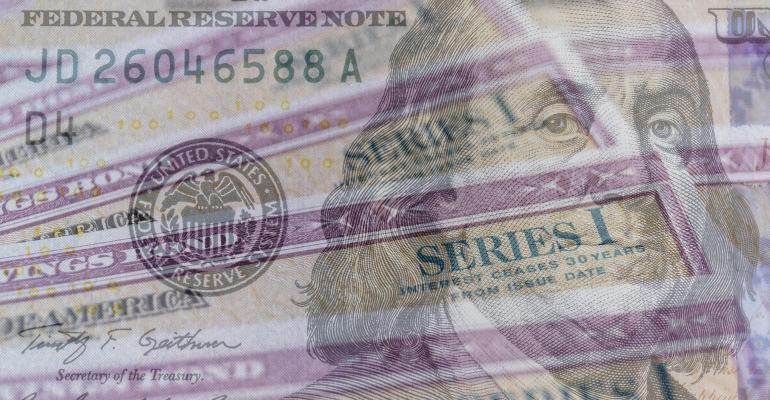(Bloomberg) -- Investors cashed in $1.2 billon worth of I bonds in November, pulling money from the securities even as yields ticked up slightly.
Enthusiasm for Series I savings bonds, which are designed to protect against inflation, plunged this year as the Federal Reserve hiked interest rates to tamp down rising prices. That’s made savings accounts and certificates of deposit more attractive for investors looking to park cash. At the same time, the rate on I bonds has plunged from a peak of 9.62% in 2022.
In the six months through November, I bond withdrawals totaled nearly $5 billion. That’s a far cry from last year, when the securities surged in popularity. In October 2022, investors purchased a record $7 billion worth of the securities. That plunged to $258 million last month.
The I bond rate actually ticked up slightly in November, rising to 5.27% from 4.3%. While that’s higher than most high-yield savings accounts, I bonds come with complications. Withdrawals are prohibited during the first year, and pulling your money out before five years means forgoing the last three months of interest. Plus, the rate at purchase is only locked in for six months — after that, it resets to the prevailing rate determined on the first day of May and November.
The rate increase in November was somewhat unexpected, coming as inflation has cooled overall. The I bond yield is comprised of two components: a variable rate that rises and falls with the consumer price index and a fixed rate set by the Treasury Department. Both rates increased in November.
Goldman Sachs Group’s Marcus currently offers 4.4% for a high-yield savings account, while Barclays and Ally Bank offer similar products with rates of 4.35% and 4.25%, respectively. Withdrawals from those products can be made at any time without penalty.
To contact the author of this story:
Claire Ballentine in New York at [email protected]





